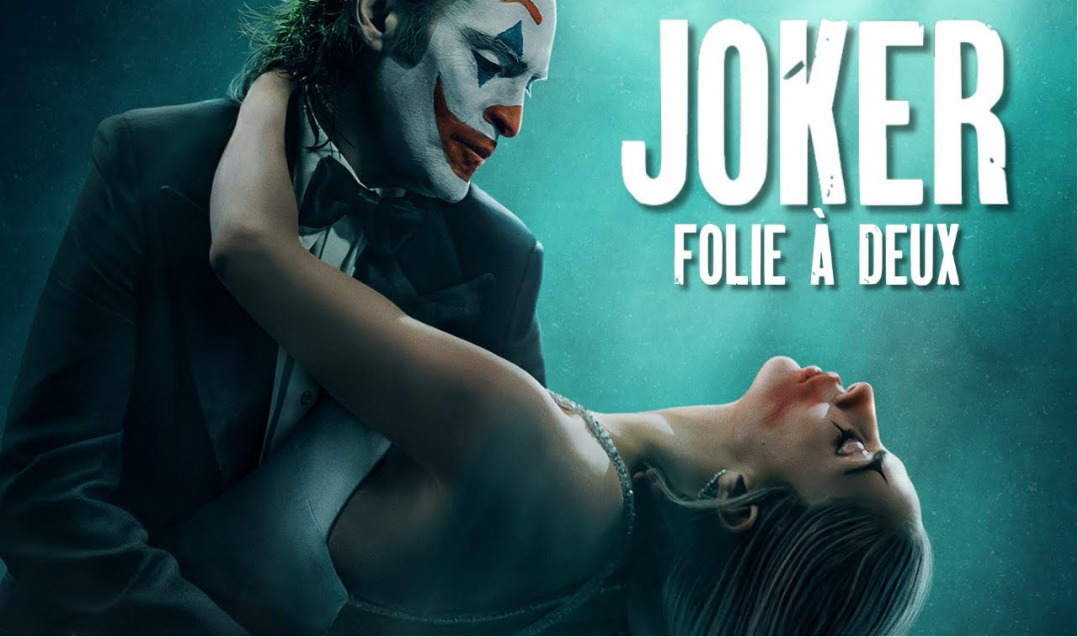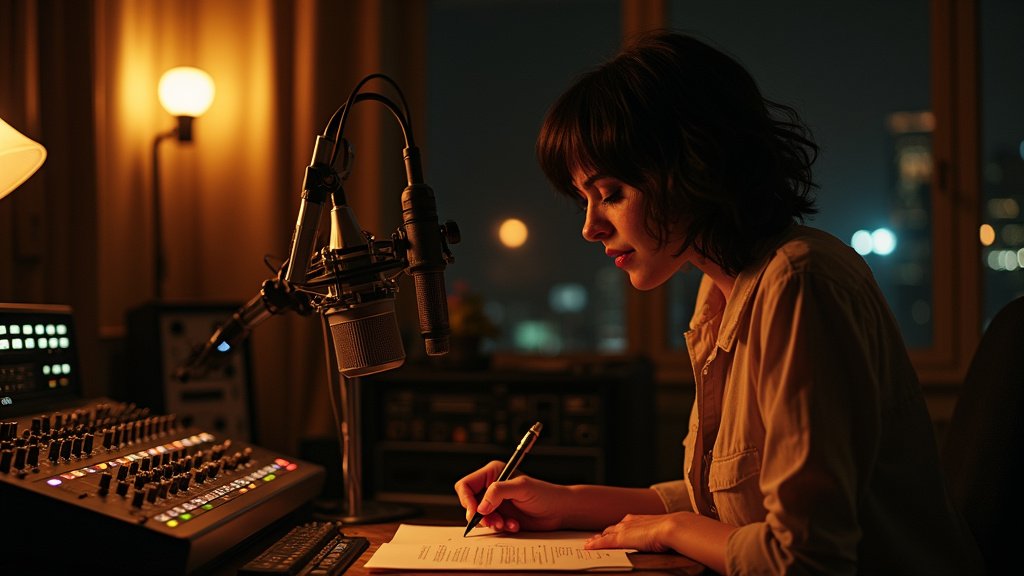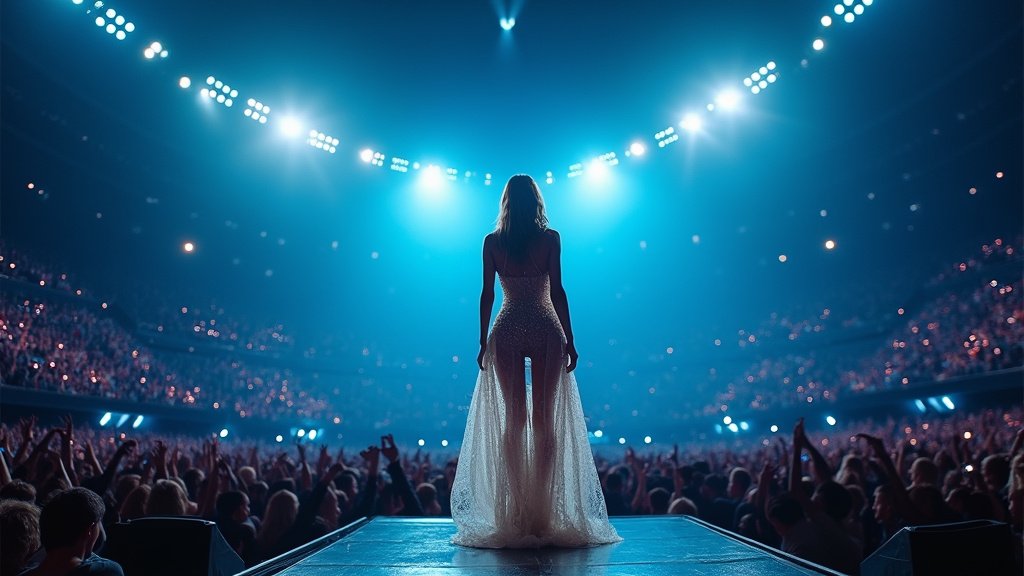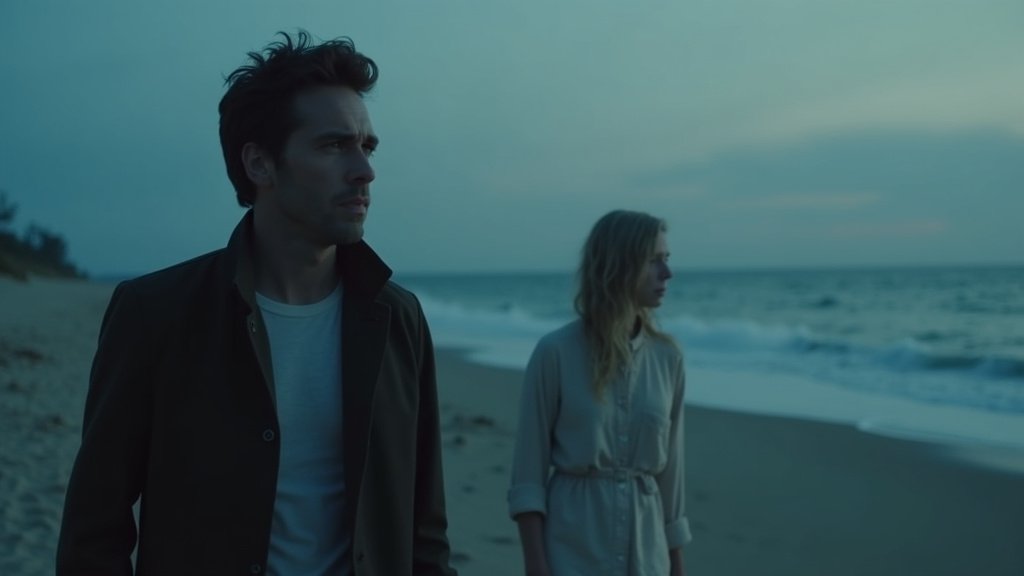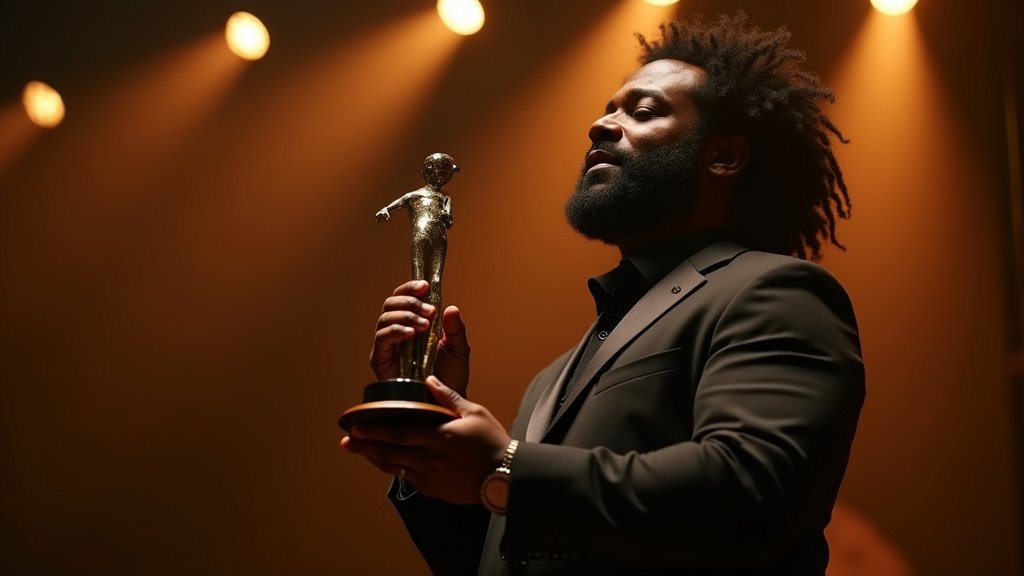When Todd Phillips’ Joker (2019) hit theaters, it created a seismic shift in comic book cinema. Stepping away from the traditional superhero fare, it embraced a much darker, more grounded portrayal of one of the most iconic villains in pop culture. Joker wasn’t just a movie—it was a cultural phenomenon, driven largely by Joaquin Phoenix’s tour-de-force performance, which won him the Academy Award for Best Actor. Now, with the sequel Joker: Folie à Deux on the horizon, the stakes are high, the expectations are higher, and the intrigue is off the charts.
The film’s French title, translating to “madness for two,” hints at a deeply psychological and chaotic storyline, drawing in audiences with a promise of doubling the insanity that made the first film so impactful. While the original Joker was a gritty, realistic exploration of Arthur Fleck’s descent into madness, the sequel appears poised to take that insanity to new heights, with the addition of Lady Gaga as Harley Quinn. Let’s delve into the layers of mystery, anticipation, and speculation surrounding Joker: Folie à Deux and what fans can expect from this unique cinematic experience.
A Bold New Direction: The Birth of a Twisted Love Story
One of the most compelling aspects of Joker: Folie à Deux is the introduction of Harley Quinn, portrayed by Lady Gaga. Harley Quinn, as a character, is deeply intertwined with the Joker in the comic book lore. She’s the psychiatrist who falls in love with her most deranged patient, descending into madness alongside him. It’s a toxic, chaotic love story that has fascinated fans for years.
However, in Joker, Todd Phillips created a version of Gotham far removed from the flashy, comic-book world audiences were used to seeing. Arthur Fleck’s Joker was a tragic figure, a man driven to the brink by society’s cruelties, not a criminal mastermind with a purple suit and maniacal laugh. So, how will Phillips handle the introduction of Harley Quinn in Folie à Deux?
The idea of “folie à deux” itself is a psychological condition where two individuals share a delusional disorder. This sets the stage for a fascinating exploration of two broken people who find each other in a world that has abandoned them. Lady Gaga’s casting adds an extra layer of intrigue. Known for her eclectic style and boundary-pushing performances, Gaga is the perfect fit for a character as complex and unhinged as Harley Quinn. This won’t be the bubblegum, cartoonish version of Harley we’ve seen before in other DC films. Gaga’s Harley is likely to be as dark and grounded as Phoenix’s Arthur Fleck, creating a disturbing and emotional dynamic between the two leads.
From Gritty Realism to Psychological Musical?
One of the most surprising elements of Joker: Folie à Deux is the rumor that the sequel will incorporate musical elements. While the first Joker had a haunting score that underscored the bleak atmosphere of the film, Folie à Deux could go in a drastically different direction by adding full-blown musical sequences.
At first glance, this may seem like an odd choice. How does a gritty, dark drama like Joker mesh with the larger-than-life theatrics of a musical? The answer likely lies in the film’s psychological exploration. If Folie à Deux is indeed diving into the delusions shared by Arthur and Harley, musical numbers could serve as a manifestation of their madness. It could be a way for Phillips to visually and aurally represent the inner workings of their fractured minds.
In the first Joker, Arthur Fleck danced down a set of stairs in one of the most iconic and unnerving scenes in recent cinema history. It wasn’t just a dance—it was a release, an expression of his final surrender to insanity. In Folie à Deux, those moments could be amplified into full musical sequences, making the descent into madness even more surreal and terrifying.
Lady Gaga’s involvement further fuels these musical rumors. As a pop superstar with a powerhouse voice, Gaga could lend her talents to creating these moments of delusional grandeur. The idea of a musical number in the midst of Gotham’s grim reality may seem jarring, but in the context of two characters who have completely lost touch with reality, it could become a brilliant artistic choice.
Joaquin Phoenix Returns – What’s Next for Arthur Fleck?
Joaquin Phoenix’s portrayal of Arthur Fleck was nothing short of transformative. His physicality, his emotional vulnerability, and his slow unraveling into the Joker were captivating to watch. The film left Arthur at the height of his insanity, having fully embraced his Joker persona after inciting a violent uprising in Gotham. The sequel will likely pick up from this moment of chaos.
However, Arthur’s journey is far from over. Joker was, at its core, a character study of a man who is broken by a world that doesn’t care about him. By the end, Arthur Fleck had become the symbol of that rage and abandonment, a personification of society’s failures. In Folie à Deux, Phoenix’s Joker could explore new dimensions of madness, especially with Harley Quinn by his side.
There’s also the question of how Gotham itself will evolve. In the first film, we saw a city on the verge of collapse, plagued by poverty, corruption, and crime. The Joker’s uprising was only the beginning of the chaos. How will the city react to the rise of its new anarchic symbol? Will Arthur’s Joker seek more control, or will he be content with creating chaos for its own sake?
Phoenix has always been an actor who thrives on complex, emotionally challenging roles. In Folie à Deux, he’s sure to push the boundaries of what we’ve seen from the Joker, especially with the added dimension of Harley Quinn’s presence. The psychological interplay between the two characters could lead to some of the most intense and haunting moments in comic book cinema to date.
A Reimagined Gotham – What Role Will the City Play?
Gotham has always been more than just a backdrop in the Joker mythos—it’s a character in itself. The crumbling infrastructure, the garbage-strewn streets, the sense of decay, and hopelessness all played pivotal roles in shaping Arthur Fleck’s psyche in the first film. Gotham is a city on the edge, and in Folie à Deux, that edge is likely to become even more perilous.
With the Joker’s actions inciting riots and social upheaval, the city will likely be in an even more chaotic state. But what does that mean for the people who live there? In the first film, the citizens of Gotham were downtrodden and desperate. By the end, they had embraced the Joker as a symbol of their frustration with the system. Will that anger continue to grow, or will the city attempt to rebuild and regain control?
There’s also the question of law enforcement. In Joker, we saw a Gotham City Police Department that was ineffectual and overwhelmed by the growing unrest. How will they respond now that the Joker is a full-blown symbol of anarchy? And will there be other characters—either from the police force or the underworld—who rise to challenge him?
These questions are crucial in shaping the direction of Folie à Deux. Gotham’s descent into madness is as much a part of the Joker’s story as his personal journey. The city’s reaction to its new chaotic figurehead will set the stage for the broader narrative.
A Cinematic Evolution – Folie à Deux and the Legacy of Joker
When Joker first premiered, it was met with both praise and controversy. Some hailed it as a brilliant exploration of mental illness, class disparity, and societal decay. Others criticized it for glorifying violence and offering a sympathetic portrayal of a villain. Regardless of where one stands on that spectrum, there’s no denying the film left an indelible mark on cinema. It was a rare blend of comic book source material with arthouse sensibilities, something few had attempted before, and even fewer had succeeded in achieving.
Joker: Folie à Deux seems set to follow in those footsteps, but with an added layer of unpredictability. By introducing Harley Quinn and potentially incorporating musical elements, the sequel isn’t content to simply rehash the formula that worked in the first film. It’s taking bold risks, much like the original did, and in doing so, it could redefine what a comic book film can be once again.
There’s also the question of what Folie à Deux means for the broader DC Universe. While Joker existed outside of the interconnected web of superhero films, its success showed that there is room for more standalone, character-driven stories in the genre. Could Folie à Deux pave the way for more films that break away from the traditional superhero mold? Only time will tell, but one thing is certain: Todd Phillips and Joaquin Phoenix are not playing it safe.
What’s Next for Joker and DC Films?
As the film world eagerly awaits Joker: Folie à Deux, there’s a palpable sense that this could be more than just a sequel. It could be a turning point in the evolution of comic book movies—a push toward more auteur-driven, bold storytelling in a genre often criticized for being formulaic.
Fans are ready for something new, something daring, and Folie à Deux promises to deliver just that. From Joaquin Phoenix’s brilliant reprisal as Arthur Fleck to Lady Gaga’s exciting take on Harley Quinn, this film is poised to leave an indelible mark on the genre. One that could redefine how we view not just the Joker, but the future of comic book cinema itself.
If Folie à Deux can capture even a fraction of the raw emotional power of its predecessor while forging its own path with new, creative risks, it could well be one of the most talked-about films of the decade. And with the title promising “madness for two,” it’s safe to say that the audience will be in for a wild, unforgettable ride.

